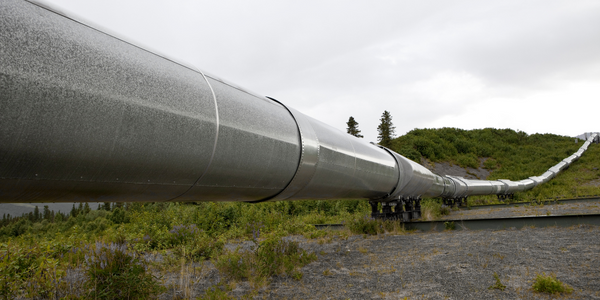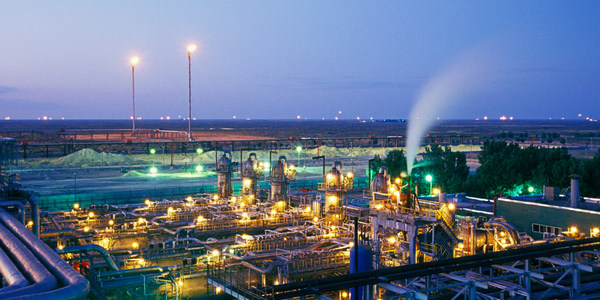SAP Concur Boosts Engagement, Pipeline, Deal Size & Revenue with Enhanced Account Focus & Advertising

Technology Category
- Functional Applications - Enterprise Resource Planning Systems (ERP)
- Platform as a Service (PaaS) - Application Development Platforms
Applicable Industries
- Oil & Gas
Applicable Functions
- Sales & Marketing
Use Cases
- Inventory Management
Services
- Cloud Planning, Design & Implementation Services
About The Customer
SAP Concur is the world’s leading brand for travel, expense and invoice management solutions. The company has 10,000 employees and is based in Bellevue, WA. When Ryan Oliver moved from SAP corporate to SAP Concur to run their digital marketing program for U.S. enterprise accounts, he began looking for a tool to help him maximize the effectiveness of his entirely account-based marketing (ABM) program.
The Challenge
When Ryan Oliver moved from SAP corporate to SAP Concur to run their digital marketing program for U.S. enterprise accounts, he faced a significant challenge. He had a large universe of accounts to target and a limited budget to do it with. He needed a tool to help him prioritize his list and get the most value for his advertising budget. Additionally, he was looking for a platform that would help him implement account-based marketing (ABM) best practices, such as multi-touch campaigns, consolidated insights to better understand what their target accounts were doing, and analytics to evaluate and double-down on what was working.
The Solution
Ryan started using Demandbase to consolidate account insights from their various disconnected systems — Salesforce, Marketo, and Adobe Analytics. By adding Demandbase’s data and insights, including intent signals, they were able to get a better picture of what was happening at their accounts. This intelligence was used to prioritize their list of accounts. They segmented the list into cohorts and launched personalized ad campaigns from the Demandbase platform. They shared the lists, insights, and conversion alerts with their colleagues across marketing and sales to align on multi-touch outreach. They monitored the metrics to spot where they were getting lift — increased web visits and engagement. They also used Demandbase’s intent signals to uncover when customers were investigating competitive solutions or indicating an opportunity for an upsell or cross-sell.
Operational Impact
Quantitative Benefit

Case Study missing?
Start adding your own!
Register with your work email and create a new case study profile for your business.
Related Case Studies.

Case Study
Taking Oil and Gas Exploration to the Next Level
DownUnder GeoSolutions (DUG) wanted to increase computing performance by 5 to 10 times to improve seismic processing. The solution must build on current architecture software investments without sacrificing existing software and scale computing without scaling IT infrastructure costs.

Case Study
Remote Wellhead Monitoring
Each wellhead was equipped with various sensors and meters that needed to be monitored and controlled from a central HMI, often miles away from the assets in the field. Redundant solar and wind generators were installed at each wellhead to support the electrical needs of the pumpstations, temperature meters, cameras, and cellular modules. In addition to asset management and remote control capabilities, data logging for remote surveillance and alarm notifications was a key demand from the customer. Terra Ferma’s solution needed to be power efficient, reliable, and capable of supporting high-bandwidth data-feeds. They needed a multi-link cellular connection to a central server that sustained reliable and redundant monitoring and control of flow meters, temperature sensors, power supply, and event-logging; including video and image files. This open-standard network needed to interface with the existing SCADA and proprietary network management software.

Case Study
Refinery Saves Over $700,000 with Smart Wireless
One of the largest petroleum refineries in the world is equipped to refine various types of crude oil and manufacture various grades of fuel from motor gasoline to Aviation Turbine Fuel. Due to wear and tear, eight hydrogen valves in each refinery were leaking, and each cost $1800 per ton of hydrogen vented. The plant also had leakage on nearly 30 flare control hydrocarbon valves. The refinery wanted a continuous, online monitoring system that could catch leaks early, minimize hydrogen and hydrocarbon production losses, and improve safety for maintenance.









